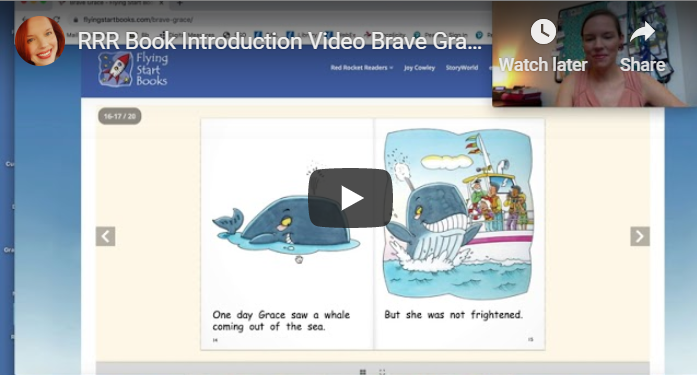New Opportunities and Possibilities for Virtual Teaching and Learning
This summer, my two foundational reading courses for preservice teachers were moved fully online, due to the COVID pandemic. As I taught each synchronous virtual class session from my home office, sharing assessment and instructional strategies, I found myself saying frequently, “Oh! Here’s how you might be able to use this strategy with your students in a virtual environment.”
As the summer progressed, the COVID cases in the area in which I reside worsened, so much so that we made the national news. I realized that it is my duty to add a virtual instruction layer to my courses because I believe that this type of instruction will be our reality for the unforeseeable future. Also, even when we are able to return to full face-to-face instruction in K12 schools, my students will be able to utilize these skills and strategies to enhance teaching and learning in their future classrooms.
In this upcoming series of blogs, I will share tools that teachers can use with students to teach virtual literacy lessons that include letter and word study, phonological and phonemic awareness instruction, and writing. I will also include examples, by way of videos, of how these tools might be utilized to provide effective instruction during remote learning sessions. Red Rocket Readers will be an integral part of these lessons as it is best practice for teachers to have children apply strategies and skills learned to the reading of continuous text.
The teacher is still the most important factor in students’ learning, so virtual teaching and learning are not so much about the digital tools themselves, but rather how the teacher utilizes them with students. It will also be important this coming school year for teachers to stay connected with their students and their families. Although it may be more of a challenge remotely, it’s crucial that they get to know students as people and learn about their interests and what motivates them and challenges them to succeed. This is just the first step, however, as Fisher et al. (2020) remind us that we then have to build a genuine relationship with each and every student.
During my first online class sessions this summer, I invested the time to inviting each student to introduce themselves, and I took notes about their children, hobbies, where they work, etc. I made sure that they posted their full name on their Zoom screen so that I can call them by name, saying things like, “Jeanette, you have experience with this topic since you have been working with your children at home.” This process can also be implemented with K12 students. Teachers can highlight one or two students each day and allow them to show their pets and their homes if they want. Students can complete interest surveys, and teachers can use that information to help students make connections between home and school.
So, here’s to a fresh start, a new school year: one that we may not have envisioned or hoped for, but one that still brings opportunities for learning and growing together with children.
Happy Reading!
Bethanie
References
Fisher, D., Frey, N., & Hattie, J. (2020). The distance learning playbook: Grades K-12. Corwin.
Like what we've got to say? Spread the word!

